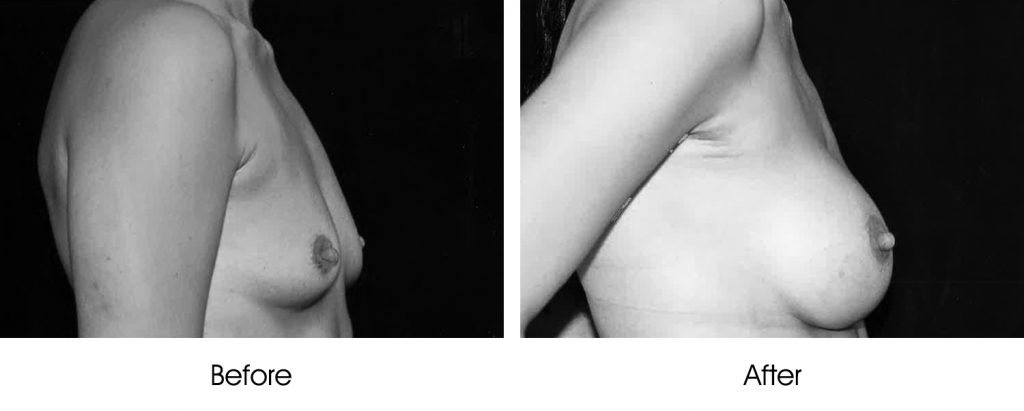I still remember my first time playing miniature golf with a male friend, years ago. I hit a particularly bad shot that left the green, and he said I could have a mulligan. “What’s a mulligan?” I asked. He explained that’s when you’re playing golf for fun, and you’re allowed to re-do a shot to see if you can get it right this time. (Many years and scores of mulligans later, I’m a much better mini-golfer, thank you very much!).
Guess what? There are “mulligans” in plastic surgery, too. Many more than we in the field would prefer, in fact. I’m talking, of course, about that patient who gets a face lift or nose job or other procedure–only to decide she wants a do-over. I’m not talking about there being some monstrous scar, but she’s just not happy with the aesthetics of the operation. Maybe the operation resulted not just in a tighter jaw line, but also a stretched mouth. Or maybe, in attempting to get rid of that unsightly bump on her nose, she also found that her nose was asymmetrical.
Result: She needs a do-over. A mulligan.
In fact, today there are so many patients who seek a “do-over” that some surgeons market themselves as the doctor to hire for a secondary surgery. You’ll see them on their websites describing how an unsatisfactory nose job or face-lift can be corrected. In fact, I saw a book lately by a plastic surgeon who tells the patient how to talk to their plastic surgeon to avoid the need for a secondary procedure.
As far as I know, nobody officially tracks how many “do-over” plastic surgery procedures are done. But every plastic surgeon I know agrees that they are on the increase. There are many different reasons, and most of these cannot be blamed on shoddy work by the surgeon. For instance, with a rhinoplasty, can be difficult to get perfect the first time, through no fault of the surgeon. That’s because the surgeon can’t control the healing process or how good the body’s building materials are. The patient’s cartilage might be too flimsy or thick, neither of which is within the plastic surgeon’s control. Similar situations exist with other procedures.
So here’s the moral of the story: The one thing that doctor and patient can do to avoid an unneeded “mulligan” is to really communicate. It’s up to you as the patient to make sure the doctor knows exactly what you want. Be as detailed as possible. And the doctor should be realistic about what’s possible and what might be difficult. The surgeon should let the patient know if there are frequent issues that might need correcting, so the patient knows what to plan for. By working together in this way, the surgeon and patient might not be able to eliminate all need for corrective surgery; but they can at least cut down on the odds of an unexpected surprise.


